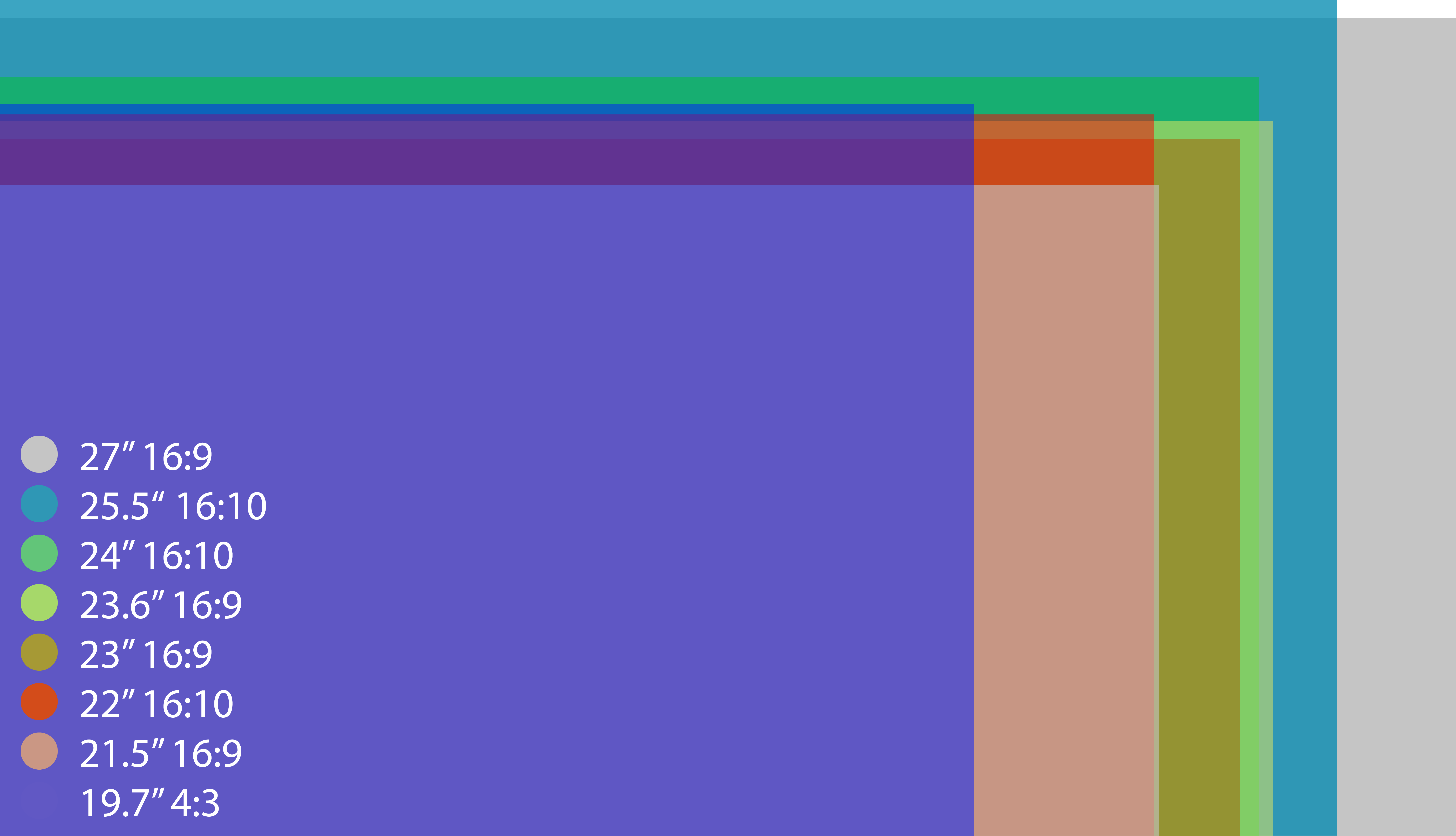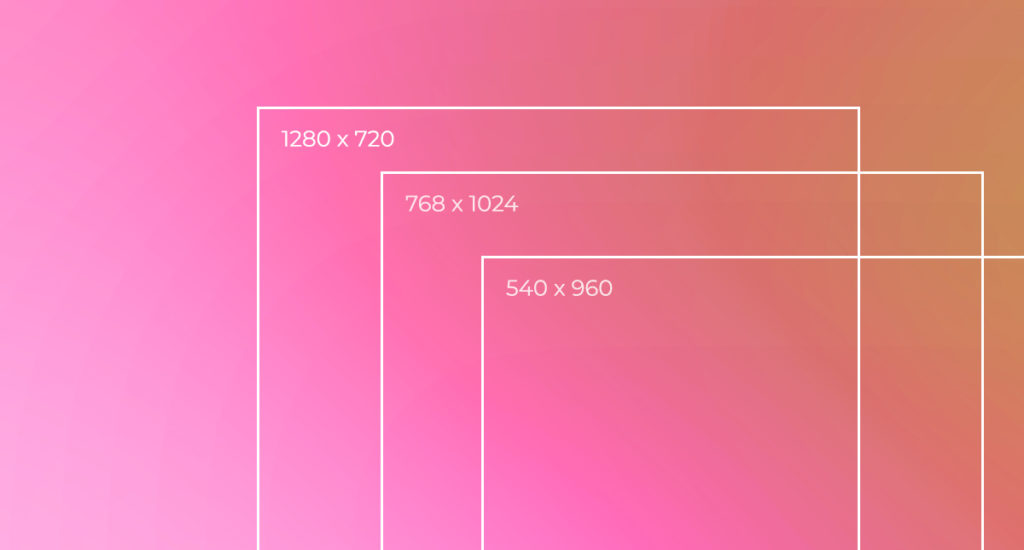Scaling Images for Different Resolutions
When printing digital images, the general rule is that around 150 pixels equal 1 inch. A standard 1920x1080 HDTV resolution photo would print at around 12.8 inches by 7.2 inches at its native resolution. However, since standard paper sizes don’t exactly match those dimensions, the closest printable size would be 12 inches by 8 inches. When scaling images to fit different sized displays or prints, the pixels per inch (PPI) setting can be adjusted. For example, at 300 PPI a 1920x1080 image would print at 6.4 inches by 3.6 inches. At a lower 100 PPI it could print larger at 19.2 inches by 10.8 inches while still maintaining acceptable quality. With a 13-inch wide printer that supports 13 inches by 19 inches paper, setting the PPI to 101 would result in the image filling the page.

Large Format Printing with an Epson SureColor P20000 Printer
Larger format printers offer the ability to print images at much bigger sizes than a standard home printer. The Epson SureColor P20000, which uses 64-inch wide rolls, could reproduce the 2 megapixel 1080p image at a massive 114 inches by 64 inches. However, the quality would likely not impress compared to viewing it on a high-resolution display due to scaling up the low resolution original. While dimensionally large, the lack of fine detail would be noticeable from a typical viewing distance for a print that size.
Displaying on an 8K Sony XBR-98Z9G HDTV
A top-of-the-line 98-inch Sony XBR-98Z9G HDTV with an 8K resolution would display the 1920x1080 image at 86 3/4 inches by 51 1/2 inches. As an 8K display, the electronics could attempt to scale the image, making it appear somewhat smoother than just enlarging it. But ultimately it would still only contain the detail from the original 2 megapixel file. While huge, at that display size the lower resolution would be visible compared to playing genuine 8K content optimized for such an enormous panel.
Comparing Screen Sizes Across Different Resolutions
Device screens of the same resolution, like 1080p, can vary widely in physical size. A common 1920x1080 resolution is found on everything from 20-inch to 50-inch TV/monitor panels. Meanwhile, some laptop screens measure only 13 inches yet sport the full 1080p spec. This is possible since the pixels are packed more densely at that smaller scale. However, when scaling the resolution that high on a laptop, the image can appear overly crisp due to the tight pixel pitch compared to typical viewing distances. Overall, higher resolution allows larger quality displays but dimensions alone don’t define the sharpness.
Summary
In summary, resolution, print/screen size, and PPI/pixel density all factor into how images will appear at different scales. While resolutions like 1920x1080 are flexible across various sized devices, quality depends on the relationship between physical dimensions and pixel specs. For prints, adjusting PPI ensures the best fit while larger printers offer significantly bigger output potential. Proper scaling retains as much detail as the original file allows for any given display or print surface. With the right combinations, all sizes from small to enormous can reproduce digital visuals at their best quality.

 A Visitor's Guide to Exploring Hong Kong Like a Local
A Visitor's Guide to Exploring Hong Kong Like a Local